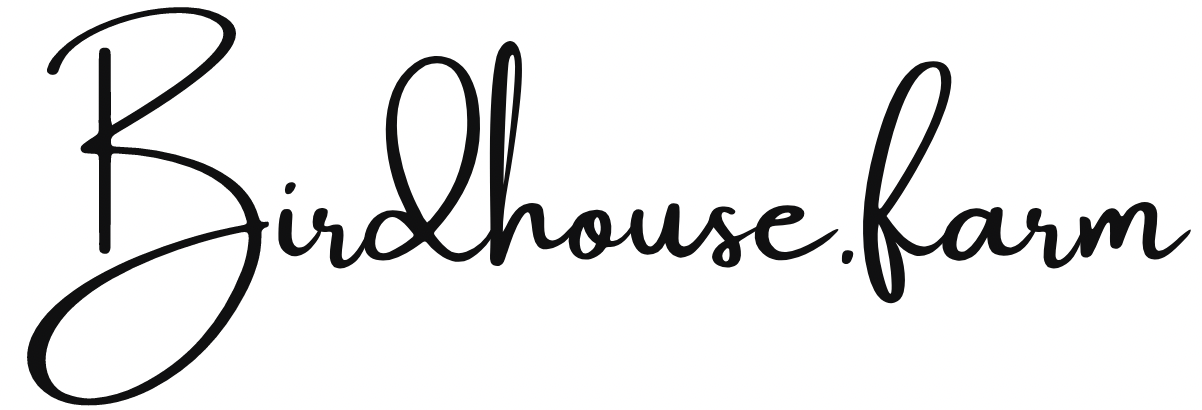Native Plants to Attract Birds to Your Kansas Yard
Transforming your Kansas yard into a bird sanctuary is easier than you might think! By planting native species, you can create a vibrant and welcoming space for feathered friends to visit year-round. Native plants provide the perfect combination of food, shelter, and nesting opportunities for birds while adding natural beauty to your landscape. Whether you’re a gardening pro or just starting out, these native plant options will bring life and song to your yard.
Trees and Shrubs
1. Eastern Red Cedar (Juniperus virginiana) This hardy tree offers berries that are a favorite of cedar waxwings, robins, and bluebirds. Its dense foliage also provides excellent shelter, making it a wonderful addition to your yard.
2. Serviceberry (Amelanchier spp.) With its delicious berries, serviceberry attracts robins, catbirds, and thrushes. Plus, it boasts beautiful spring blooms and vibrant fall foliage—a win-win for you and the birds!
3. Elderberry (Sambucus canadensis) Mockingbirds and woodpeckers will flock to your yard for the tasty elderberries. This plant is also a magnet for pollinators, adding even more life to your garden.
4. Wild Plum (Prunus americana) This native shrub produces fruit that attracts cardinals and tanagers, while its fragrant spring flowers add a delightful touch to your yard.
5. Sumac (Rhus spp.) Sumac’s bright red berries in fall and winter are a vital food source for songbirds, especially when other resources are scarce.
Perennials
6. Purple Coneflower (Echinacea purpurea) The seeds of this vibrant flower are irresistible to finches and sparrows, and its stunning blooms also support pollinators.
7. Black-Eyed Susan (Rudbeckia hirta) Bring cheerful color to your yard with black-eyed Susans. Their seeds nourish finches and chickadees, while their nectar sustains bees.
8. Milkweed (Asclepias spp.) Milkweed is a powerhouse plant, supporting monarch butterfly caterpillars and providing food for insect-eating birds.
9. Goldenrod (Solidago spp.) Goldenrod’s late-season blooms attract insects for birds to eat and offer seeds for sparrows and goldfinches. It’s a must-have for fall gardens.
Grasses
10. Little Bluestem (Schizachyrium scoparium) This graceful prairie grass produces seeds that attract sparrows and other small birds while offering shelter for ground-dwelling species.
11. Indian Grass (Sorghastrum nutans) A staple of Kansas prairies, this tall grass provides nutritious seeds and serves as excellent cover for nesting birds.
Vines
12. Virginia Creeper (Parthenocissus quinquefolia) This fast-growing vine produces berries that robins and starlings love, and it adds lush greenery to your space.
13. Trumpet Vine (Campsis radicans) Its vibrant, tubular flowers are a favorite of hummingbirds. Plant this vine for a pop of color and a hummingbird-friendly yard.
Wildflowers
14. Asters (Symphyotrichum spp.) Asters provide nectar for late-season pollinators and seeds for birds, making them a perfect choice for a thriving fall garden.
15. Sunflowers (Helianthus spp.) These iconic flowers are a must-have for attracting seed-eating birds like goldfinches and cardinals. Their towering blooms bring joy to any space.
Tips for a Bird-Friendly Yard
Diversity is Key: Plant a mix of trees, shrubs, flowers, and grasses to offer a variety of food and shelter.
Provide Water: Include a birdbath, fountain, or small pond for drinking and bathing.
Create Layers: Birds thrive in yards with layered vegetation—tall trees, mid-sized shrubs, and ground-level plants.
By incorporating these native plants into your Kansas yard, you’ll create a lively and welcoming haven for birds while enhancing the natural beauty of your space. Imagine the joy of waking up to the cheerful chirping of songbirds and the flutter of wings right outside your window! Not only will your yard come alive with activity, but you’ll also be making a positive impact on the local ecosystem. Start planting today and enjoy the rewards of a bird-friendly garden!
